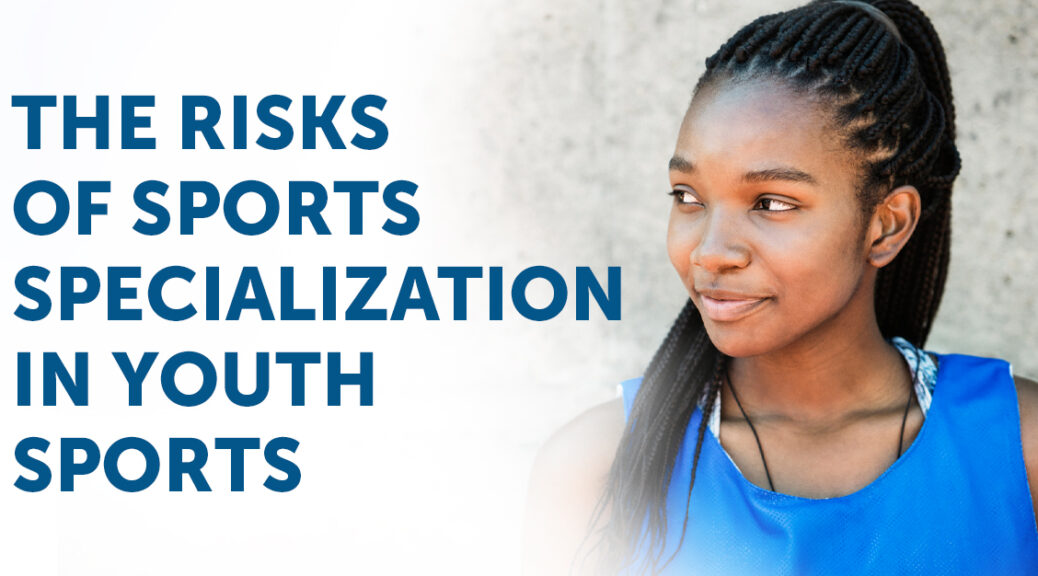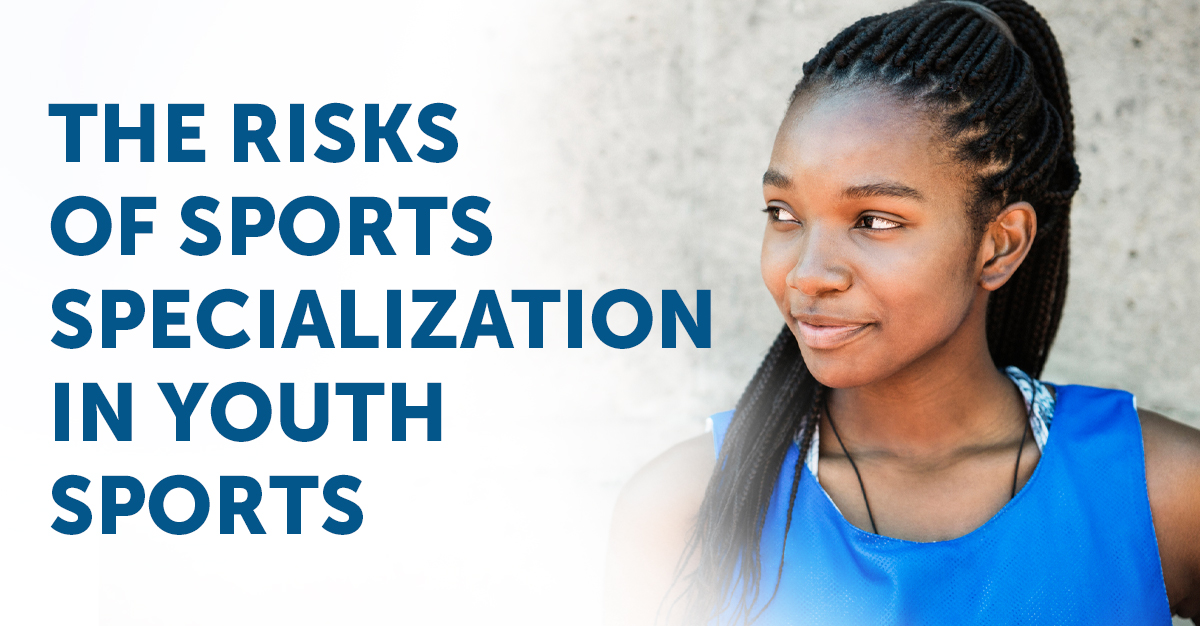Why There Are Downfalls to Sports Specialization
Sports specialization is common, but is it all it’s cracked up to be? Focusing on one sport might seem like the fast track to success, but there’s a flip side you should know about.
When your athlete specializes in one sport, they are more likely to experience overuse injuries, burnout, and negative impacts on their psychosocial well-being.
It’s vital to strike a balance and to give your athlete’s body breaks. Trying different sports and activities can boost an athlete’s skill set, lower injury risk, and help prevent burnout.
At PTandMe we’re all about supporting your athlete in their athletic pursuits. Our physical therapy partners can offer advice, help lower the risk of injury, and provide rehabilitative services for athletes already experiencing pain or recovering from injury.
The Risks of Sports Specialization in Youth Sports
Deciding to specialize in a sport isn’t something to take lightly. There are risks and downsides you need to know about. Here are some risks that athletes who specialize in one sport experience.
Overuse Injuries: One of the main downfalls of sports specialization is the increased risk of overuse injuries. Overuse injuries are subtle and occur over time, making them challenging to diagnose and treat. This can lead to injuries like stress fractures, jumper’s knee, shin splints, and more.
Stunted Athletic Growth: By only playing one sport, athletes miss the opportunity to develop versatile skill sets, and practice complementary movement patterns and training techniques.
Mental Strain/Burnout: Sports specialization can also mess with mental health. The pressure to constantly perform at a high level in one sport can lead to stress, burnout, and less enjoyment. It can even increase your athlete’s anxiety and performance pressure.
Balancing specialization with cross-training and rest can help your athlete avoid these issues and keep their athletic journey healthy and sustainable.
3 Common Overuse Injuries Due to Sports Specialization:
Jumper’s Knee (Patellar Tendonitis):
Jumper’s knee, also known as patellar tendonitis, can be caused by the inflammation of the patellar tendon. The patellar tendon is what connects the kneecap to the shin bone. This condition will weaken the tendon, and if left untreated, could tear it. This condition is typically caused by the overuse of the joints in your athlete’s knee. For example: repeatedly jumping and landing down on hard surfaces.
Overhead Injuries:
Another common overuse injury due to sports specialization is an overhead injury. Particularly seen among baseball players, these injuries are common among pitchers, as they can throw upward of 70 pitches a game. This amount of repetition is a prime example of how sports specialization can cause an injury.
Shin Splints:
Most seen amongst runners, shin splints are caused by an irritation of the tendons and muscles near the shin bones. Common causes of shin splints can be improper footwear, lack of flexibility in the calves, or repetitive motion, or stress at the shins.
Experiencing Burnout in Youth Sports
Overuse/overtraining injuries and burnout are major problems for adolescent athletes. Both can occur when students participate in sports year-round with no “off-season” or have insufficient recovery time between practices and games.
Watch for typical burnout signs:
- Pain during or after activity, or while at rest
- Lack of enthusiasm for practices or games
- A dip in grades.
Prevent Overuse Injuries and Burnout with These Simple Tips:
- Allow enough time for proper warm-up and cool-down routines.
- Rest 1-2 days per week or engage in another activity.
- Focus on strength, conditioning, or cross-training during the “off-season.”
While athletes may experience short-term gains, research shows that athletes who play multiple sports often have better overall athletic ability and are less likely to get overuse injuries. The NATA has also put together 6 tips to help reduce specialization-related injuries.
Our physical therapists are driven to help athletes young and old, prevent injury, and stay in their sport. call or schedule an appointment for more information about our sports injury prevention and recovery programs.


